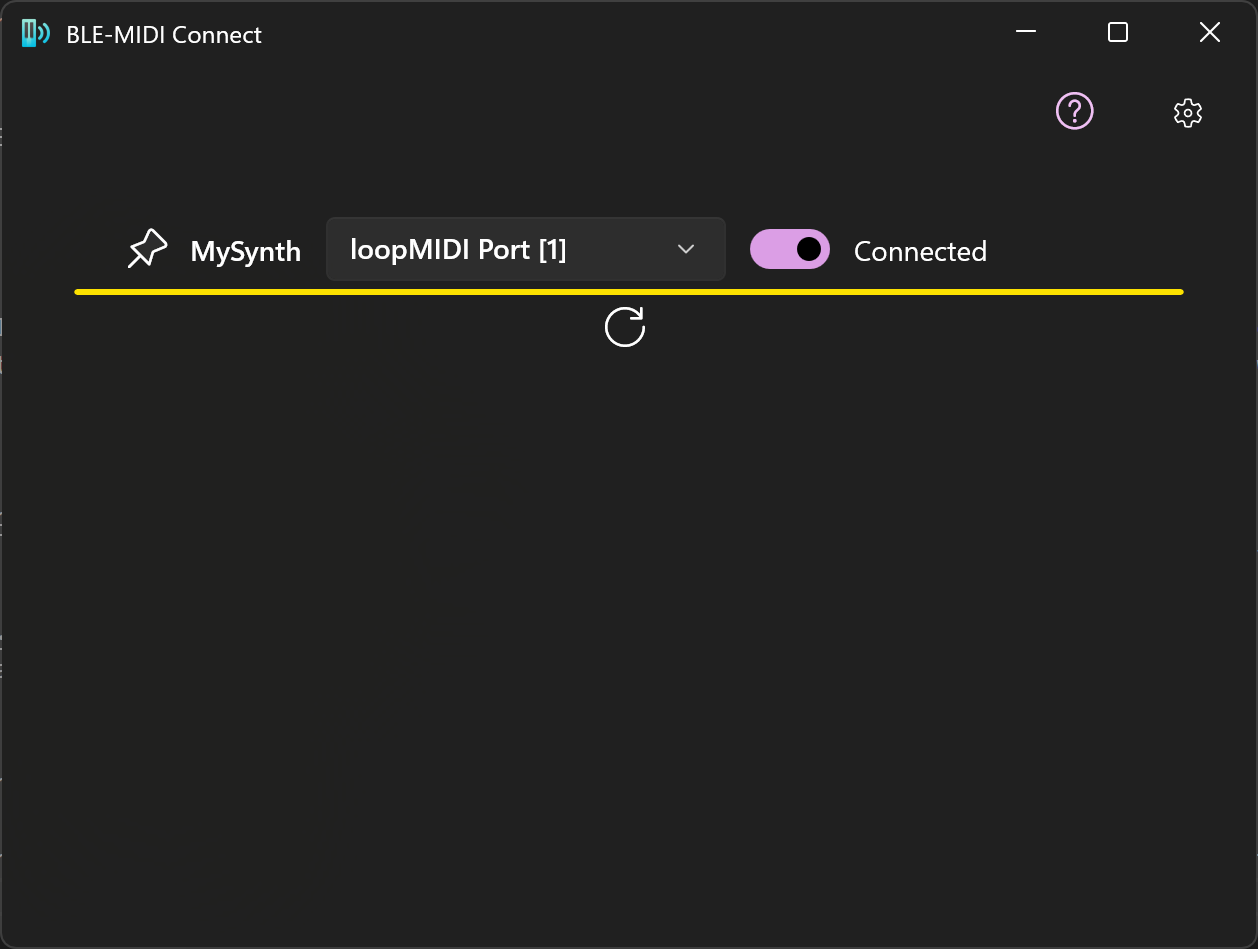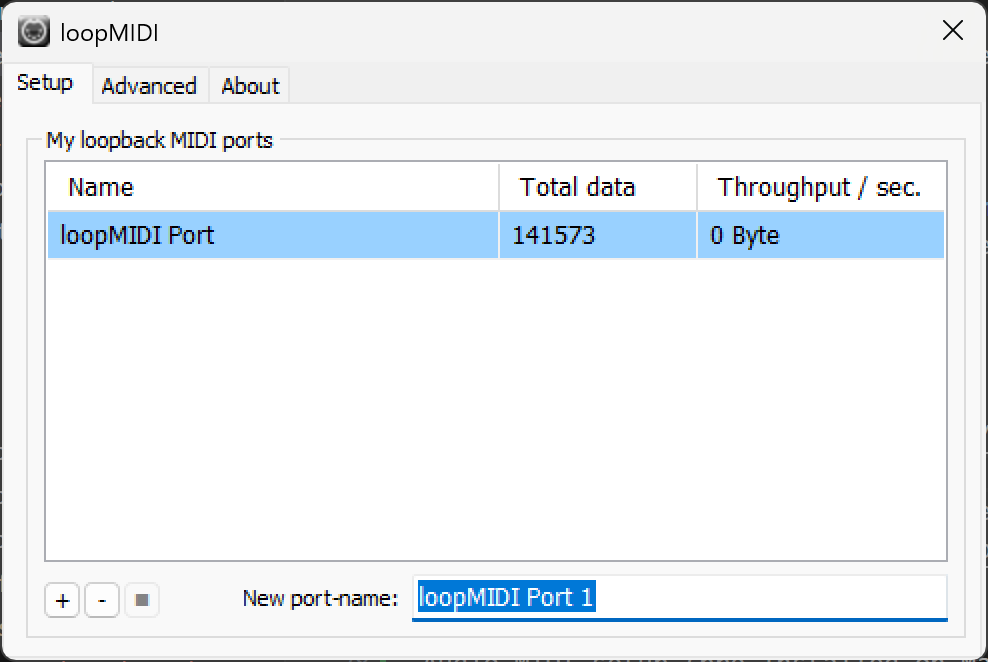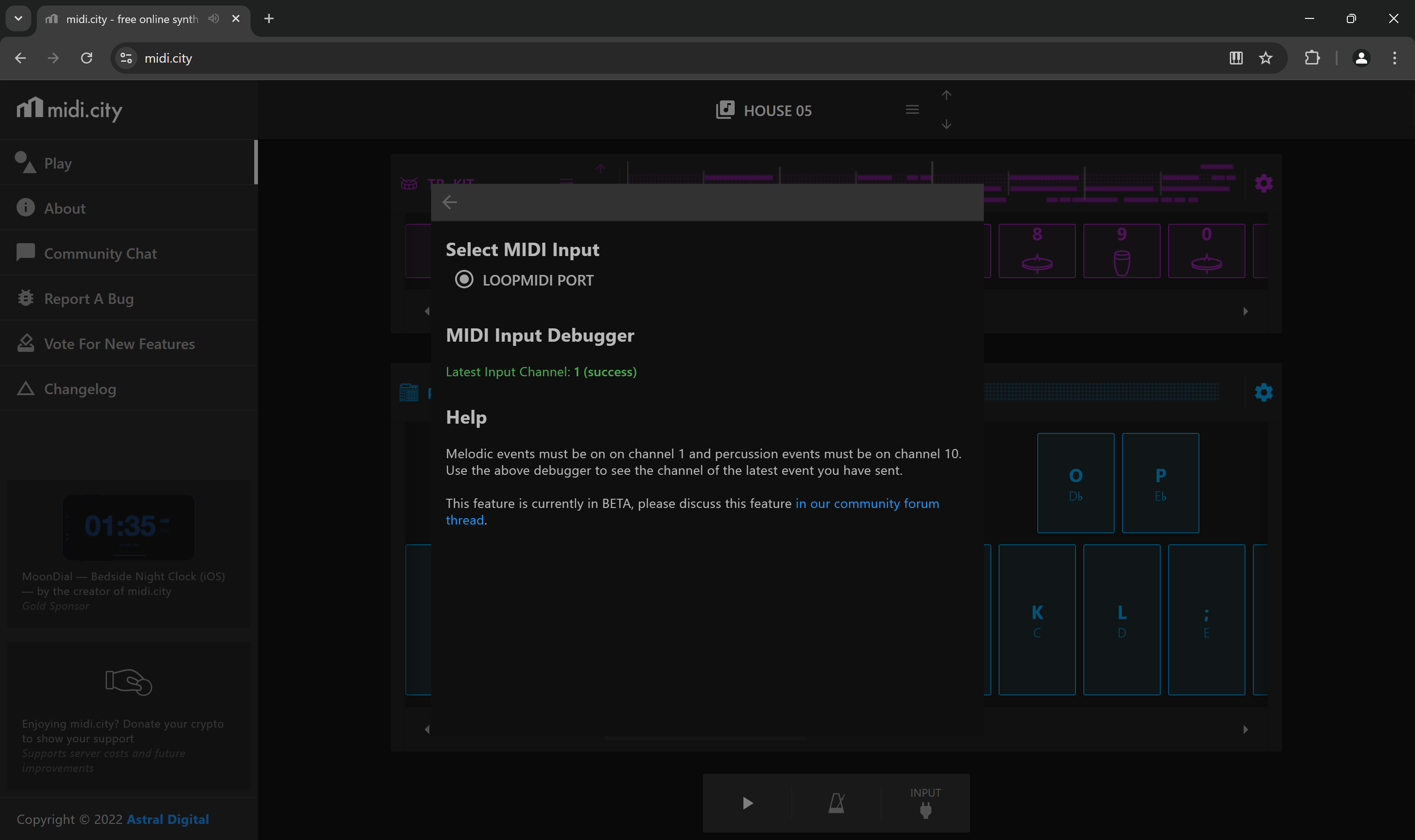Workshop planning
| 11:00-11:45 |
Introduction, program and the concepts of the day, examples. Demo of soldering, explanation of MIDI Madness website |
| 11:45-13:00 |
One starts with soldering the MIDI Madness Maker, making connectors and testing with pre-uploaded code. The other starts with e-textile sensor crafting, testing with the existing MIDI Madness set-up if needed |
| 13:00-13:30 |
Testing all of the MIDI Madness boards, and deciding in groups what kind of textile instrument you want to make: wearable, modular, stand-alone. Then work on the e-textiles together. Don’t forget to think about the connection between the MIDI Madness Maker and the textile sensors - hard-soft connections can also be designed! |
| 13:30-14:00 |
Lunch break |
| 14:00-15:00 |
Make your own e-textile MIDI keyboard/interface! If you want, it’s possible to change the MIDI notes that you’re sending (or play around with the code if you know your way around the Arduino IDE) |
| 15:00-15:15 |
MIDI Madness jam! |
| 15:15-15:30 |
Clean up & wrap up |
There are plenty of synthesizers and modular synthesizer modules that allow you to send MIDI information like notes and CC messages to control parameters (like control voltage). Depending on the MIDI implementation of your synth or module, you can do a lot!
Check out the code examples for the Volca FM and Volca Sample - the first works on one channel and the second one works on 10 channels. You can start with one of these examples and change MIDI notes, channels and CC messages according to the MIDI implementation of your device.
If you want to do this wirelessly (for example because you’re wearing it), you need two MIDI Madness Makers: one to connect to your synthesizer, the other to wear and to send the touch data to the one connected to the synth. Or you need a long MIDI cable :)
Examples
MIDI with Volca FM
MIDI with modular
There are multiple ways to turn your MIDI Madness Maker into a Bluetooth MIDI keyboard! The code used for the different examples is the same (MIDI-madness-BLE-keyboard.ino). Here the focus is on sending MIDI wirelessly to computers.
Libraries (this part you only need to do once)
You need to start by installing the BLE-MIDI library by Lathoub. Make sure you do NOT install the other suggested libraries; if you have additional BLE libraries compilation may fail so uninstall those if you have them :)
boards:
| esp32 by Espressif Systems |
3.1.3 |
libraries:
| BLE-MIDI by lathoub |
2.2 |
| MIDI Library by Francois Best, lathoub |
5.0.2 |
To make it work with ESP32, you need to change line 116 in BLEMIDI_ESP32.h (Arduino/libraries/BLE-MIDI/src/hardware/BLEMIDI_ESP32.h). Add .c_str() at the end of the line, so it looks like this: std::string rxValue = characteristic->getValue().c_str();. What you can also do is just replace the entire BLE-MIDI library with this BLE-MIDI folder, there it’s already implemented (just unzip into your Arduino/libraries folder).
MidiMadnessMaker library by Bart Jakobs
Programming genius Bart Jakobs also made a nice library to use with the MIDI Madness Maker that sends MIDI notes and CC info wirelessly to your phone apps. Check it out here; there is also a code example.
Alternatively, you can use the BLE keyboard code in the Arduino (Code) folder.
Sending MIDI wirelessly to your computer
Usually you need to connect a MIDI keyboard via USB when you want to connect it to your computer, but you can also do this wirelessly! With this functionality, you can send MIDI to browser-based apps like https://midi.city/ (works best on Chrome/Safari). Make sure Bluetooth is turned on.
Steps (Windows)
-
Install BLE-MIDI Connect. You can download the free trial, it has no restrictions (but if you will use it a lot, you can buy it, since it’s only the price of a cup of coffee and the developers deserve coffee). This software is used to connect to the BLE device. You need to log in with a Microsoft account to download it.

-
Install LoopMIDI. This software is used to connect the BLE device to a virtual port, so that (web) apps on your computer can easily recognize it as a MIDI keyboard.

Steps (Mac)
Audio MIDI setup (pre installed on Mac): enable Bluetooth MIDI in the audio/MIDI setup
Now you can go to or other web-based MIDI keyboards that allow external keyboards to be connected and control it with the MIDI Madness Maker!

This also works with Ableton. In Ableton select your MIDI device (loopMIDI port) here:

Links
There are multiple ways to turn your MIDI Madness Maker into a Bluetooth MIDI keyboard! The code used for the different examples is the same (MIDI-madness-BLE-keyboard.ino). Here the focus is on sending MIDI to your computer wirelessly.
Libraries (this part you only need to do once)
You need to start by installing the BLE-MIDI library by Lathoub. Make sure you do NOT install the other suggested libraries; if you have additional BLE libraries compilation may fail so uninstall those if you have them :)
Sometimes different versions of boards and libraries cause conflicts with other libraries (this sometimes happens when a new version comes out). To make sure it’s working, these are the library versions that we are using that work with each other.
boards:
| esp32 by Espressif Systems |
3.1.3 |
libraries:
| BLE-MIDI by lathoub |
2.2 |
| MIDI Library by Francois Best, lathoub |
5.0.2 |
To make it work with ESP32, you need to change line 116 in BLEMIDI_ESP32.h (Arduino/libraries/BLE-MIDI/src/hardware/BLEMIDI_ESP32.h). Add .c_str() at the end of the line, so it looks like this: std::string rxValue = characteristic->getValue().c_str();. What you can also do is just replace the entire BLE-MIDI library with this BLE-MIDI folder, there it’s already implemented (just unzip into your Arduino/libraries folder).
MidiMadnessMaker library by Bart Jakobs
Programming genius Bart Jakobs made a nice library to use with the MIDI Madness Maker that sends MIDI notes and CC info wirelessly to your phone apps. Check it out here; there is also a code example.
Alternatively, you can use the BLE keyboard code in the Arduino (Code) folder.
MIDI to Garageband/SynprezFM
This example is based on a tutorial by Rico Kanthatham which you can find here.
Apps
- Android: download MIDI BLE Connect & SynprezFM II. Connect to your device via the BLE app and then go to SynprezFM
- Apple: download Garageband; go to gears > advanced > bluetooth midi devices
Using garageband
You can use the BLE keyboard code example for various keyboards, drums and other instruments, but you may want to change the MIDI notes sent (check the charts below). MIDI CC doesn’t always have an effect.
MIDI CC: https://rfwilmut.net/notes/GBcontrol.html
MIDI map for Garageband drums (via https://gist.github.com/igolopolosov/8193f8d3da522969244dda318f21d3fa)
via Reddit:
CC 1 (Modulation Wheel) -> Tremolo (Electric Piano)
CC 7 (Channel Volume) -> Channel Volume
CC 10 (Pan)-> Pan (Channel)
MIDI Note Drum Sound
==== ==== ==========
36 C2 Bass Drum 1
37 C#2 Side Stick
38 D2 Acoustic Snare
39 Eb2 Hand Clap
40 E2 Electric Snare
41 F2 Low Floor Tom
42 F#2 Closed Hi Hat
43 G2 Mid Floor Tom
44 Ab2 Pedal Hi-Hat
45 A2 High Floor Tom
46 Bb2 Open Hi-Hat
47 B2 Low-Mid Tom
48 C3 Hi Mid Tom
49 C#3 Crash Cymbal 1
50 D3 High Tom / Maracase
51 Eb3 Ride Cymbal 1
52 E3 Flat Snare / Accent Drum
53 F3 Bass Drum 2
After this point drums are completely situational
54 F#3 Splash Cymbal
55 G3 Cowbell
56 Ab3 Tabourine
57 A3 Vibraslap
58 Bb3 Anything
59 B3 Vibraslap 2


Links
Examples
Where to learn more:
Where to get conductive materials:




